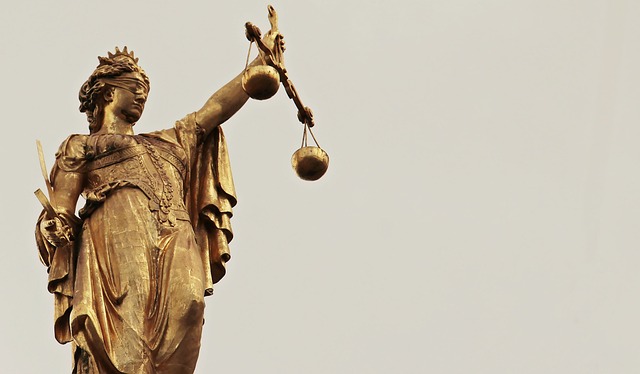
The Aruna Shanbaug case has raised awareness of the problem of passive euthanasia due to a historic ruling. The journalist and activist, who claimed to be a close friend of the victim, filed a petition under Article 32(5) of the Constitution. Although it was illegal to do so, the Supreme Court accepted the petition because of the gravity of the situation and the associated public interest in determining the legality of euthanasia. In the petition, it was requested that the respondent give up feeding Aruna and let her pass away quietly.
The Supreme Court established the guidelines for the practice of passive euthanasia after realizing the necessity for a legislative framework to address euthanasia. For patients who had little chance of recovery and were in a lifelong vegetative state or an irrevocable terminal illness, the court allowed the removal of the life support equipment and medical treatment.
aruna shanbaug case summary
aruna shanbaug case facts:
- Aruna Ramachandra Shanbaug, the petitioner, was employed as a staff nurse at King Edward Memorial Hospital in Parel, Mumbai, according to the statement made.
- She was assaulted on November 27, 1973, in the evening by a hospital sweeper who put a dog chain around her neck and pulled her back. When he discovered she was having her menstruation, he sodomized her instead of trying to rape her.
- During this time, he twisted the chain over her neck to immobilize her. A cleaner discovered her unconscious and covered in blood on the floor the following day.
- It was said that the dog chain strangulation caused the brain’s oxygen supply to halt, resulting in brain damage.
- It had been thirty-six years since the incident. She was unable to move her hands or legs and had been subsisting on mashed food. It was claimed that she was totally dependent on KEM Hospital in Mumbai and that there was no chance for her condition to get better.
- To tell the respondents to discontinue feeding Aruna and allow her to pass away peacefully was requested in prayer.
Aruna Shanbaug Case Issues:
- Could someone who is unable to provide permission be granted non-voluntary passive euthanasia?
- Does Section 309 of the Indian Penal Code consider suicide to be a crime?
Contentions by the Petitioner:
- In Aruna Shanbaug v. Union of India, writer and activist Ms. Pinki Virani filed a suit under the virtue of Article 32 of the Indian Constitution, arguing that the Right to Die with Dignity is a part of the Right to Life protected by Article 21. She maintained that those with terminal illnesses or those in permanent vegetative states ought to have the option to terminate their lives with dignity in order to relieve them of agony for an extended period of time.
- Ms. Virani argued that Aruna, the victim, was bedridden for 36 years with no chance of recovery, lacked consciousness, and was unable to digest her food. The petitioner claims that denying Aruna nourishment will allow her to pass away peacefully rather than murdering her.
Contentions by the Respondent:
- The hospital dean opposed euthanasia, arguing that the medical staff had been providing for Aruna’s basic needs for almost 36 years and would do so voluntarily going forward. The answer emphasized Aruna’s age (60 years) and proposed that euthanasia would not be necessary because she would naturally pass away in the future.
- Aruna had formed a strong emotional link with the hospital personnel, to the extent that one employee was eager to provide unpaid care for her. They opposed legalizing passive euthanasia on the grounds that family members would abuse it, eroding compassion and love in society.
- The respondent argued that euthanasia is morally and inhumanely wrong since it involves ending the life of a live creature and that every citizen of the nation is entitled to the right to life under the virtue of Article 21 of the Indian Constitution. They also brought up the subject of consent, asking who would grant Aruna’s permission to be taken off life support given her incapacity to provide consent.
aruna shanbaug case judgment:
- The aruna shanbaug case year in which it was decided is 7th March, 2011. Justice Markandey Katju and Justice Gyan Sudha Misra made up the bench.
- Given the petitioner’s condition, it is likely best for her to be permitted to live in this state until she passes away because there isn’t a compelling basis to permit active euthanasia in this particular instance.
- For those who are unable to provide their own consent, the court alone, known as “Parens Patriae“, will determine whether or not to remove life support, taking into account the possibility of abuse. Additionally, family members’ opinions would be quite significant in this case.
- Nonetheless, the Supreme Court held that, with the appropriate consent from the patient’s family and medical professionals, passive euthanasia may be permitted in the most extraordinary and uncommon of circumstances.
- The Supreme Court ruled that it ought to be applied with caution and not be used to undermine Article 21 of the Indian Constitution.
- Courts created an approval process that was authorized by Article 226 of the Indian Constitution.
For any latest news, judiciary exams notifications, patterns, etc watch Jyoti Judiciary’s YouTube channel for legal videos for any updates at https://youtube.com/@jyotijudiciarycoaching4852?si=2cwubh9d2A9urwJf









